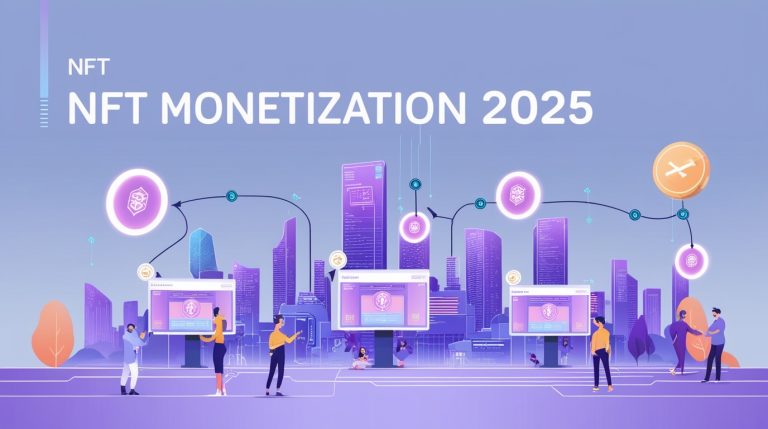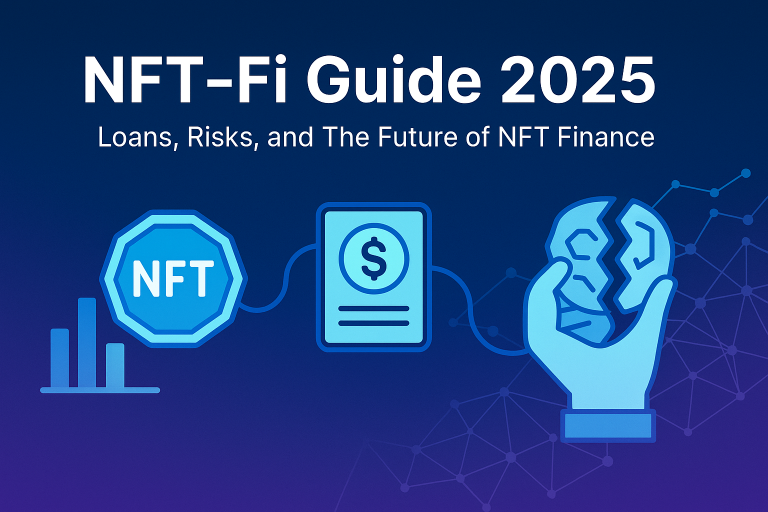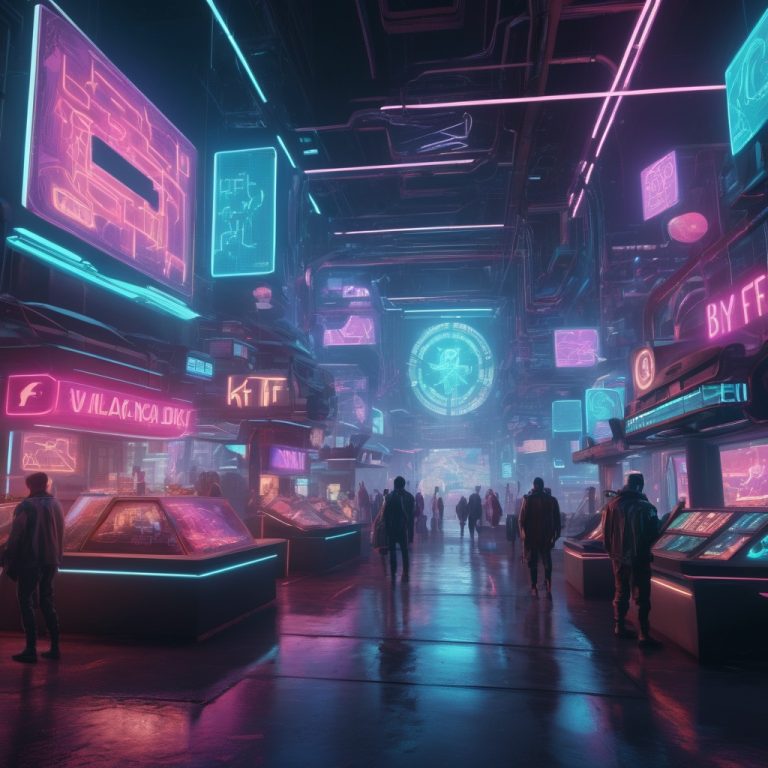AI Comics & NFT Storytelling: How to Turn AI-Generated Panels into Crypto Collectibles

AI Comics & NFT Storytelling: How to Turn AI-Generated Panels into Crypto Collectibles
In 2025, AI-generated art is no longer a gimmick. It has evolved into a powerful tool for creators, educators, and Web3 builders. One of the most promising applications? Turning AI-generated comic panels into digital collectibles — blending storytelling, NFTs, and AI-powered creativity into one seamless experience.
This article explores how to generate, structure, mint, and share AI-powered comic stories as NFT collectibles. Whether you’re a visual artist, writer, or just crypto-curious, this guide will show you how to use tools like ChatGPT, MidJourney, and Zora to build your own AI comic series — and even monetize it.
What Are AI Comics?
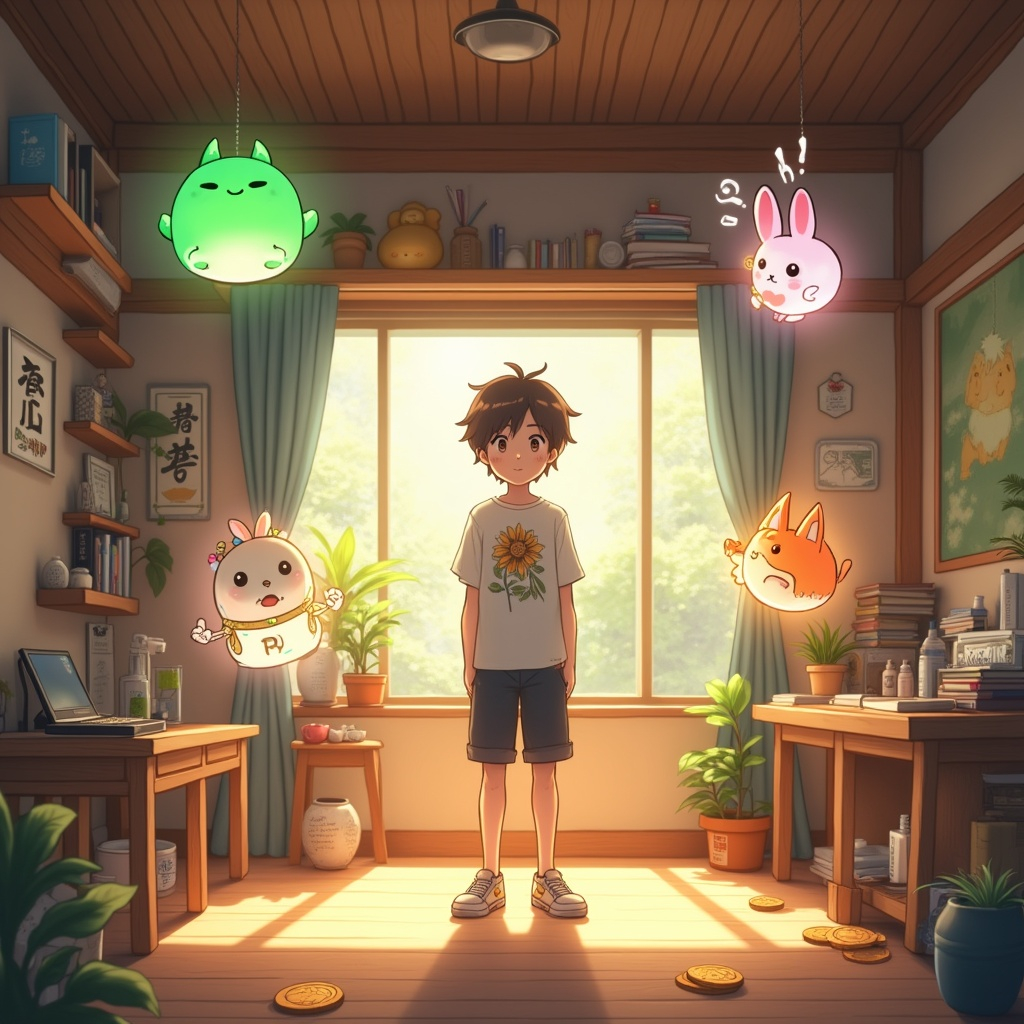
AI comics are short-form graphic stories generated with the help of artificial intelligence. Instead of drawing panels by hand, creators use tools like MidJourney, OpenArt, or Leonardo to create stylized scenes based on text prompts. These platforms support a wide range of styles, from cyberpunk to manga, allowing for rapid prototyping of original content.
Most AI comics begin with a narrative written by a human — often using large language models like ChatGPT to outline characters, plot, and dialogue. These scripts are then visualized using image generation tools, typically by breaking them down into key moments or panels. In less than 30 minutes, an entire 4–6 panel episode can be rendered, reviewed, and published.
Unlike traditional comics, which require full-scale art teams and long timelines, AI comics empower solo creators and small teams to build stories faster and at near-zero cost. They’re especially effective for Web3-native storytelling, where themes like decentralization, digital identity, and crypto culture can be explored in new and playful ways.
Some creators use AI comics for pure entertainment, others for crypto education, onboarding, or DAO community building. And because every panel can be minted as an NFT, it’s now possible to publish story-driven digital assets — something that wasn’t practical (or affordable) just a few years ago.
In the next section, we’ll explore exactly how to turn those AI scenes into collectibles — from marketplaces to minting strategies.
From Scene to Collectible: NFT Use Cases
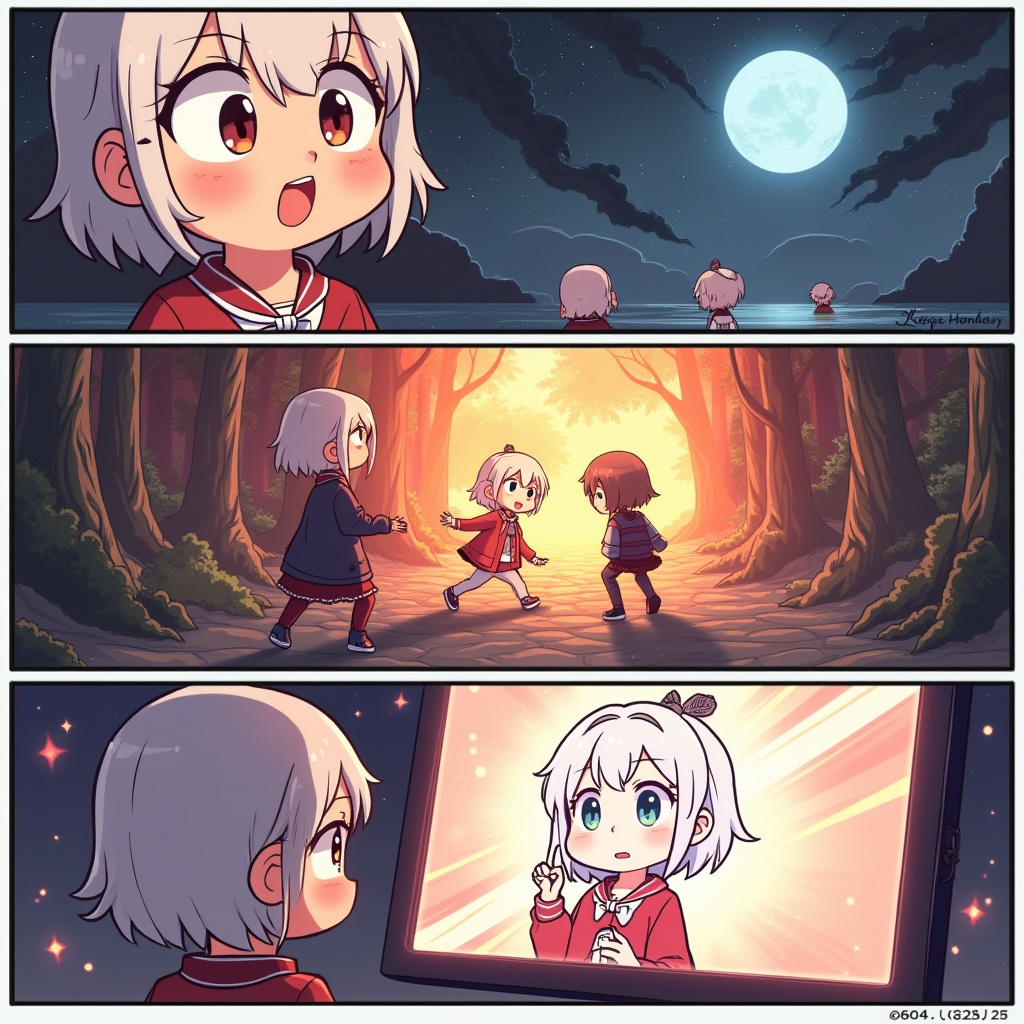
Three types of NFT comics visualized: a meme-style panel, a lore-driven scene, and a DAO-powered interactive decision — all part of Web3 storytelling.
Each AI-generated comic panel — or a full multi-panel episode — can be minted as an NFT. This turns your visual storytelling into a collectible asset, making it accessible on Web3 marketplaces like Zora, Manifold, or Highlight. These platforms offer no-code interfaces that allow you to mint, title, tag, and publish comic NFTs in just a few clicks.
1. Meme Panels & One-Shots
Some of the most successful AI comic formats are single-image jokes or quick-hit scenes. Think of them as the Web3 version of political cartoons or internet memes — but minted as NFT collectibles. These are ideal for social media (X, Reddit, Telegram) and can often be created and shared daily.
2. Lore-Based Comic Episodes
If you’re building a larger story or character universe, AI tools make it easy to produce serialized content. You can generate 3–6 scenes per episode and structure them around a consistent visual style. This approach works great for storytelling-driven NFT collections, DAOs with character lore, or gamified projects.
3. Interactive DAO Storylines
Want to involve your community? You can mint each episode with an open-ended decision point and use a Snapshot DAO vote or simple poll to let collectors choose what happens next. This adds gamification, engagement, and a sense of ownership to your storyline — and makes each collectible feel like a chapter in a living universe.
Once your panels are generated, you’ll want to prep them with proper metadata. Use meaningful titles, attributes, and collection tags that reflect your characters, story arcs, and comic universe. Consider adding unlockables for collectors (behind-the-scenes prompts, alternative endings, extra content) to boost perceived value.
Don’t forget — every collectible comic can link back to your site, newsletter, or social hub. You’re not just minting art; you’re minting engagement tools.
In the next section, we’ll break down the actual tools you need — from prompt-writing to NFT deployment — and how to avoid the most common mistakes along the way.
Tools You Need to Create an AI Comic

Creating an AI comic doesn’t require a full design team or a massive tech stack. Most Web3 creators use just 3–4 key tools: a writing assistant (like ChatGPT), a visual generator (like OpenArt or MidJourney), a minting platform (such as Zora), and a distribution channel (your site, X, Pinterest).
Writing Your Script or Prompt
Start by outlining your comic’s story. A single episode can be as short as 3 panels, or as long as 6–8 if you’re building out lore. Use ChatGPT to help generate a script, dialogue, or descriptions. A good prompt for your comic panel includes the scene’s setting, character posture, mood, and any specific objects or symbols. For example:
A samurai dog with glowing eyes, standing in a neon-lit market. Comic panel. Cyberpunk setting. Cinematic lighting. Flux Realism.
Generating the Visuals
Next, input your prompt into an AI image generator. MidJourney (via Discord), OpenArt, and Leonardo are the most popular. Choose a consistent visual style for your series — such as anime, noir, vaporwave, or “Flux Realism” — so each episode feels coherent.
You can generate scenes as standalone images or combine them manually in a tool like Canva or Figma. For AI comics, it’s often better to avoid embedding text in the images — this keeps the art cleaner and allows for multi-language publishing.
Minting the Comic Panels as NFTs
Once your panels are ready, head to a minting platform. We recommend Zora or Manifold — both support image and series-based NFTs. You’ll need to connect your wallet (MetaMask, WalletConnect), write a title, and add metadata like:
- Episode title: Crypto Ronin #1 – Rugpull in Neon Market
- Attributes: Genre, Character, Scene
- Unlockables: Behind-the-scenes, lore documents, extra art
On platforms like Zora, you can mint for free or set a low price (e.g., 0.001 ETH). You can also open up minting to the public and set supply caps (like 100 copies) to encourage early adoption.
Now that you know the tools, let’s look at how we used them in a real-world example — the Crypto Ronin comic series.
Case Study: Crypto Ronin (AI Comic Series)
Crypto Ronin is an original AI comic series we launched to explore the storytelling potential of AI-generated art in a Web3-native format. The story follows a cyberpunk samurai dog — a lone tracker of fake tokens, rugpulls, and DAO betrayals in a neon-drenched blockchain city. The entire series is designed to blend lore, humor, and crypto education.

Episode 1: “Rugpull in Neon Market” introduces our hero in the midst of an investigation involving a suspicious memecoin called $SHIBX. The episode includes four scenes:
- Scene 1: The samurai arrives at the Neon Market, sensing trouble.
- Scene 2: A young student warns him about a hyped token launch.
- Scene 3: A mysterious AI girl mocks his belief in whitepapers.
- Scene 4: He draws his katana, ready to track the rugpull.
The entire episode was created using ChatGPT for scripting and OpenArt with Flux Realism style for visuals. We chose not to embed dialogue into the images — instead, all captions and dialogue are presented in HTML text. This allows for better SEO indexing and easier translation for multilingual audiences.
Each panel is optimized for multiple formats:
- Web: Full episode layout on CryptoNav.com
- Pinterest: Vertical pin (1000x1500px) with panel arrangement
- X (Twitter): Thread format with 1 scene per tweet + commentary
- NFT (optional): Minted version via Zora with episode metadata
The series is designed to be interactive. Future episodes will include a voting mechanic where readers can help decide the plot direction using DAO tools like Snapshot. This gamified approach turns readers into co-creators — deepening engagement and community ownership.
Up next, we’ll explore how to turn these episodes into monetizable content — from NFTs and DAO-driven arcs to affiliate integration and paid communities.
Ways to Monetize Your AI Comic
AI comics are not just creative experiments — they can also become sustainable revenue streams. By turning panels and episodes into NFTs, offering community-based features, and adding affiliate strategies, creators can generate real value around their storytelling IP.
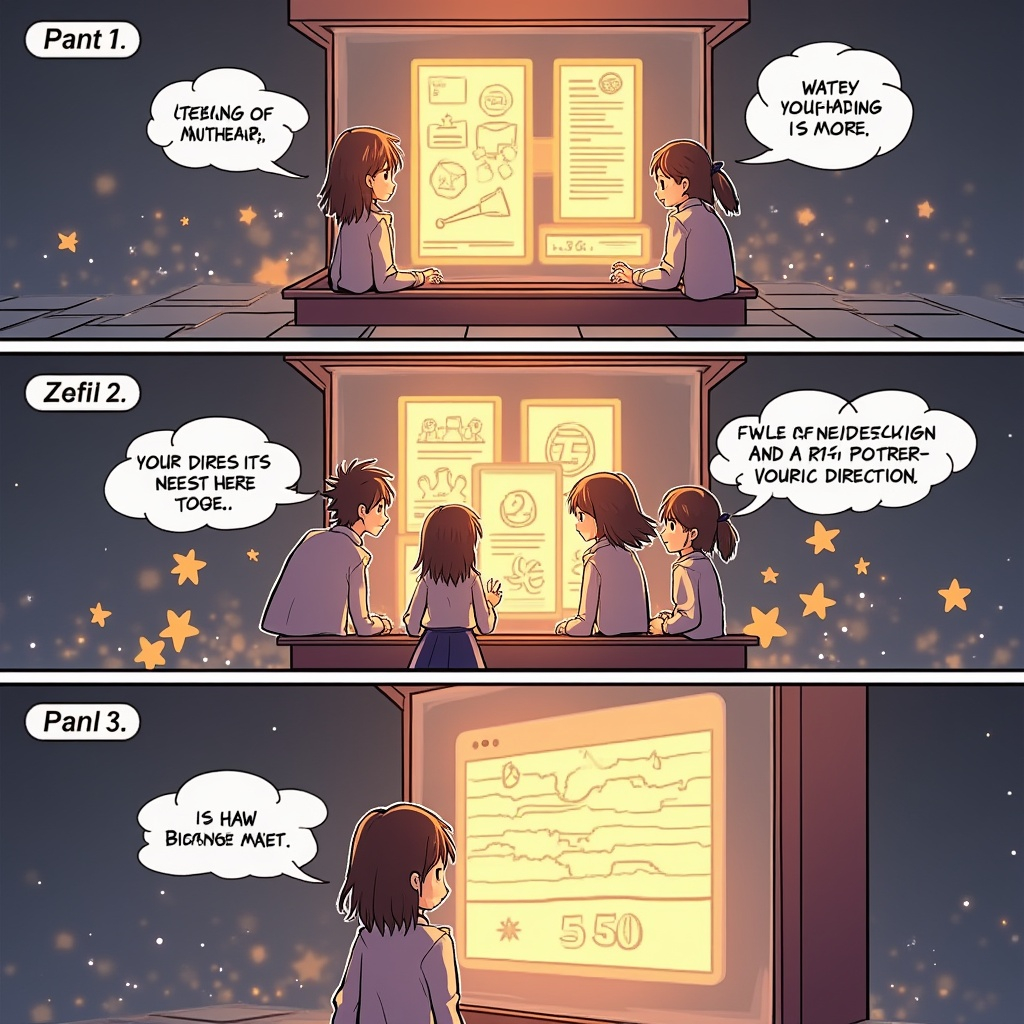
1. Sell Comic NFTs
The simplest monetization path is minting and selling your panels or full episodes as collectible NFTs. Platforms like Zora and Manifold allow you to create limited-edition drops. Common formats include:
- 1-of-1 panels: Unique art pieces with high collector value
- Open editions: Unlimited mint windows (great for community building)
- Timed series drops: New episodes every week or month
Set affordable prices (e.g., 0.001–0.01 ETH) and consider offering bonus content or unlockables for holders — such as behind-the-scenes artwork or early access to next episodes.
2. Create Subscription Tiers
Platforms like Mirror or Ko-fi let you build exclusive content layers. For example:
- Free tier: Preview of episodes, character drops
- Supporter tier: Early access, alt endings, downloadable panels
- Collector tier: Mintable edition access + community voting
This approach is great for building a small but loyal audience that helps fund your creative output.
3. Enable DAO Voting for Story Direction
Want to gamify your comic? Set up Snapshot proposals or on-chain polls where holders of your NFT can vote on the next episode’s outcome. This creates a unique incentive to mint and hold your assets — readers become collaborators in world-building.
4. Use Affiliate Marketing Within the Narrative
One powerful strategy is integrating affiliate links naturally into your storyline. For example, in the Crypto Ronin comic, an episode might include a scene where the hero trades on Bybit or avoids a scam by using Binance’s Launchpad. Those moments can link to real platforms with your referral code.
Affiliate programs from platforms like Bybit, Binance, or MEXC can be monetized passively through comics — and feel native to the crypto context.
In the next section, we’ll cover common pitfalls — what to avoid when launching your first AI-powered comic universe.
Common Pitfalls to Avoid
While AI comics are fast and accessible to create, they can also suffer from common mistakes that reduce quality, engagement, and collector interest. Here are the key pitfalls to avoid when building your own AI-powered comic series.
1. Generic Characters with No Identity
It’s tempting to let the AI handle everything — but when your characters all look like “anime guy with sword #47,” your comic loses memorability. Define your main characters clearly: their look, tone, attitude, and arc. Give them a visual quirk or a catchphrase. Repetition helps build recognition.
2. Repeating the Same Style Over and Over
Consistency is good — but sameness is boring. If every episode uses the exact same background, palette, or character poses, your comic will feel like copy-paste art. Switch up the perspective, zoom, lighting, or scene layout every few panels. Use prompts that challenge the generator’s framing.
3. Ignoring Narrative Logic
Visuals are only half the equation. If your story doesn’t flow, readers disengage. Avoid random scene jumps or vague “mystery” dialogue that doesn’t go anywhere. Even a 3-panel comic should have a beginning, middle, and punchline or twist.
4. Overusing the Same Prompt Templates
AI tools work best when you evolve your prompts. If you use the same 10 words across every generation, you’ll get formulaic results. Add new descriptors, specify different moods, change the camera angle — and don’t be afraid to fail forward. Variation keeps your visuals fresh.
5. Relying on AI for Everything
AI is powerful — but it works best when paired with human intent. Use it to accelerate your workflow, not replace your voice. Inject your comic with real insight, crypto commentary, or personal humor. That’s what makes a collector come back for episode two.
6. Forgetting the UX
Don’t bury your comic in a giant wall of text or force readers to scroll through endless panels. Use headings, captions, and clean layouts. Include links to mint, share, or follow — make it easy to go deeper.
In the next section, we’ll answer common questions and give you a final checklist before launching your first AI comic drop.
FAQ
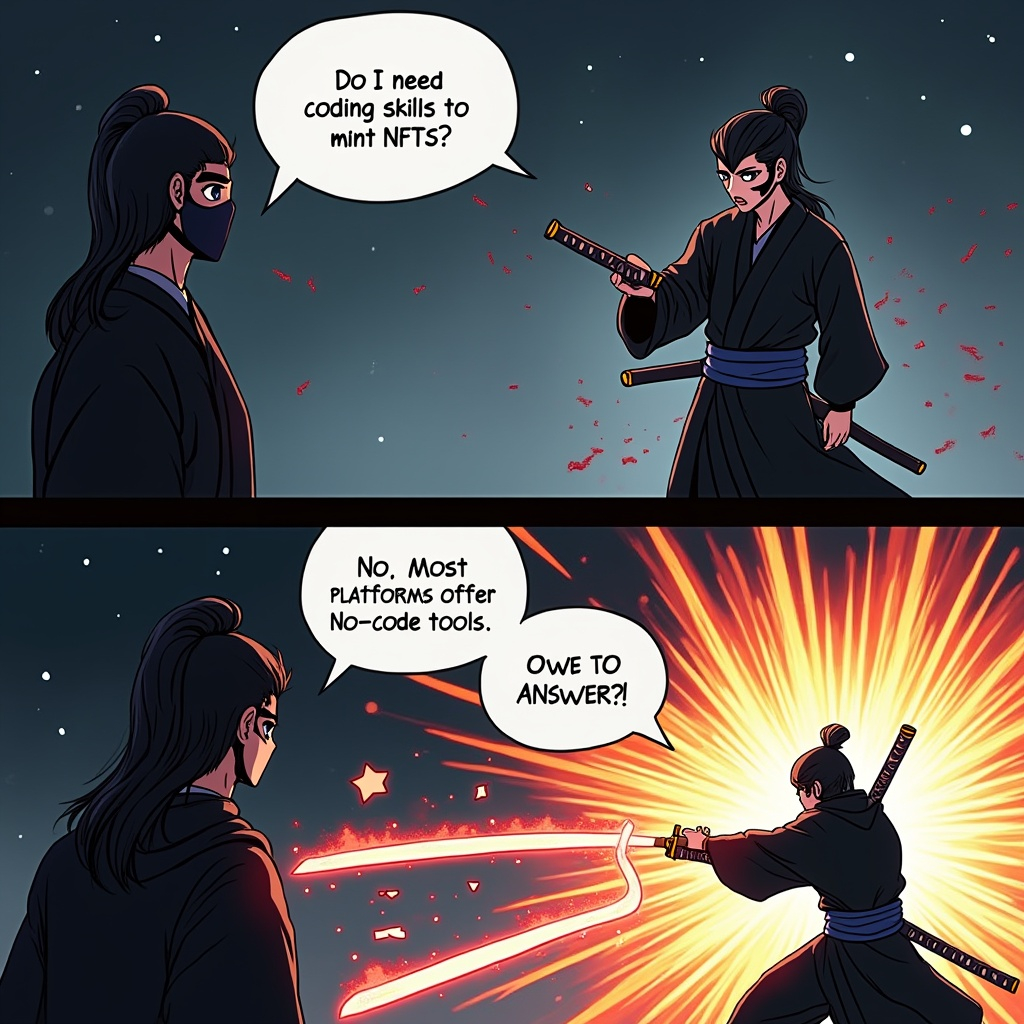
Do I need coding skills to launch a comic NFT?
No. Platforms like Zora, Manifold, and Highlight provide no-code minting flows. You can upload, tag, and publish your AI-generated panels directly from your browser with just a wallet connection.
What’s the best blockchain for comic NFTs?
Polygon and Arbitrum are ideal for beginners due to their low gas fees and wide compatibility with platforms. Ethereum is more established but expensive for casual creators. For experimentation, use testnets to prototype your first drop.
Can I use famous characters or brands?
Only if it’s a clear parody or you have usage rights. Avoid copying characters or IP you don’t own — instead, create your own universe. AI makes it easier than ever to generate unique visual identities.
Should I embed dialogue into the images?
Not necessarily. Leaving dialogue in HTML or captions keeps your images reusable, easier to translate, and SEO-friendly. If you want to turn the series into Shorts or videos, text-over-image versions can be created later.
Final Thoughts
AI comics are more than just a creative experiment — they’re a scalable format for storytelling, community-building, and monetization in the Web3 era. With the right tools and a clear creative vision, anyone can launch a visually engaging, collectible, and gamified comic series in days instead of months.
Whether you’re exploring NFT art, looking to build an audience, or simply love telling stories, now’s the time to embrace the fusion of AI and blockchain. Start with one scene, build a world, and let your audience join the journey.
Get Started Now
→ Try generating your first comic panel at OpenArt
→ Write a story in ChatGPT
→ Mint on Zora or Manifold
🚀 Connect With Us
📬 Stay Updated on Web3 Careers
Join our newsletter to get weekly tips, job openings, and tools for Web3 professionals.
💸 Start Earning with CryptoNav
Explore top crypto platforms, claim welcome bonuses, and support our work through affiliate links:


